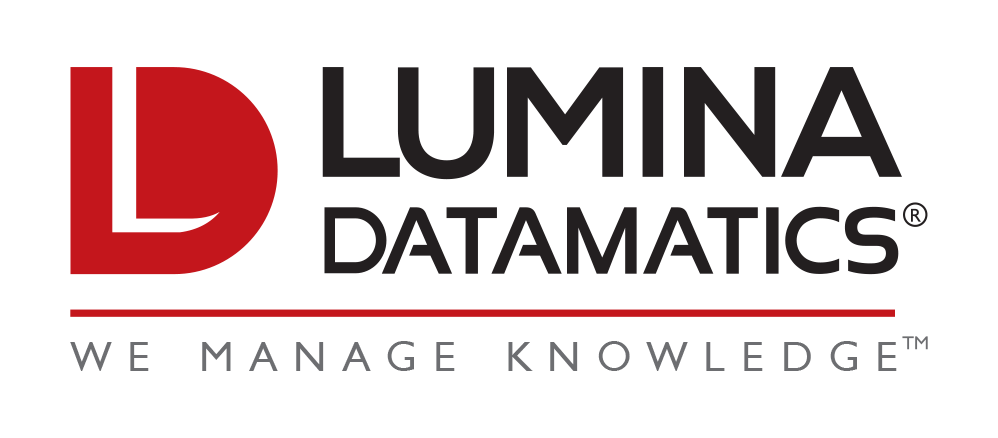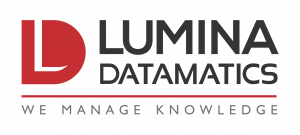At the heart of the life sciences industry is its intellectual property. It comes as little surprise that there is a lot of time and effort spent in protecting it. Most of these efforts are focused on the protection of large, powerful, and lucrative patent rights – and rightfully so. Nevertheless, these same pharmaceutical and biotech companies spend upwards of $30 billion a year on marketing these patented products. Understanding copyright’s role when researching, promoting, and eventually selling these patented products and technologies is therefore vital to these companies as well, and more likely to be overlooked, creating risks no company should take.
Throughout the product development lifecycle, there are many opportunities for copyright infringement to occur. Some examples include:
- Researchers with academic access to a subscription journal that posts articles among a team of corporate collaborators or outside organizations on a shared internal site.
- Marketing teams using unlicensed third-party content in their presentations at large corporate conventions and meetings.
- Using patient stories or images without obtaining their permission or a release.
- Communication departments publishing content with uncredited images pulled from sources online in a company blog post.
- Republishing a promising review or positive news story about your product from another organization on your own site without permission.
- A sales rep providing free copies of scholarly research journals to support their product when pitching to doctors without first obtaining a copyright license to do so.
- Team members who successfully and properly licensed an image or text for reuse on the corporate website but failed to track the terms and left the material live online past the contract termination date.
- …And the list goes on.
While all companies face pressure to share new and up-to-date content online, that pressure is particularly high stakes for companies in the life sciences industries, as they work to stay relevant by sharing their new and emerging offerings in medicine, pharmaceuticals, and other advancements. This means that in order to maintain competitiveness in the market, a clear and simple route to compliance is key. Here are some of our best tips on how to build a successful compliance strategy.
Streamline strategies and educate employees
A major focus in copyright management today is developing streamlining strategies that focus on simplifying as much of the content curation process as possible. While many major life sciences companies already have copyright guidelines in place, studies find many employees are not fully aware of the policy or do not understand its details. If possible, consider hiring a corporate librarian, appointing an in-house copyright expert or data asset manager, or all-of-the-above, as this individual can help educate your employee community about this important issue. Consider gathering team members who regularly use third-party content to evaluate existing copyright policies and identify challenges and risks. Regularly evaluate and update company standards and workflows, as this can significantly reduce risk. Keep in mind that a successful copyright plan focuses on what will make the permission licensing process fit as simply and seamlessly as possible into existing workflows.
Plan ahead and build meaningful schedules
Copyright can be a complex and time-consuming issue, which can be a challenge when content or marketing staffs have other agenda items to tackle. Having a plan to address copyright needs right up front avoids stresses and unnecessary challenges as the company becomes more invested in the strategy or project. Advise all team members to come up with multiple options for a particular usage (i.e., several photo options for a particular image in a marketing pamphlet) so that any asset with a licensing issue can be swiftly replaced without impacting the overall schedules. Train employees to create schedules that identify the final date by when content must be dropped or replaced if not cleared for proper use. Then, consider having compliance due dates set well ahead of that final drop/replacement deadline.
Form strategic partnerships
Strategic sourcing partnerships with sources of content that are valuable to your organization is another means of reducing risk and simplifying the process. Negotiating worldwide, broad licenses for set rates can help ensure departments are covered for the various reuses they may have in mind, while keeping budgets under control. Lumina’s own RightsPlatform Marketplace helps automate the licensing process with straightforward online forms designed to obtain an immediate license and image download so that marketing and other teams can more quickly research, find, and license safe content to use in their materials. Train your staff on how to fill out these online licensing forms and on where to go within the company to get the answers they need, as this will help make your strategic sourcing strategies even more effective.
Keep track of ALL assets
A final major element needed in an effective copyright compliance toolbox is some mechanism of tracking company-owned as well as any used third-party content. A robust Data Asset Management system is the ultimate tool that will help align all the above-mentioned strategies into one central, easy-to-access location for your entire company. There are many options out there, but ultimately a company’s ability to establish a copyright compliant culture determines if the software will remain effective long term. RightsPlatform places the emphasis on tracking rights data while also maintaining asset usage history records. While asset metadata is stored for each search-and-find later, RightsPlatform also offers features such as automated notifications delivered before a specific license is set to expire, rights data tracking across multiple products, and high-level rights reporting to help business units ensure all content remains copyright compliant.
Why it all matters
Copyright law is always changing, and with the implementation of the CASE Act this year, it will be easier than ever for any copyright holder to bring a claim of infringement against any organization that misuses their content. Members of the life sciences industry play a crucial role in bringing valuable medical information and life-saving products to the masses. Taking the time to ensure your content is copyright compliant ensures the talents of those outside your organization – as well as within your organization – are protected and respected.
Interested in learning more about licensing strategies, or how the Lumina team can help your company? We want to hear from you! Email Lumina to talk to our team of experts, or visit our website to learn more about rights management solutions available through Lumina Datamatics.





0 Comments